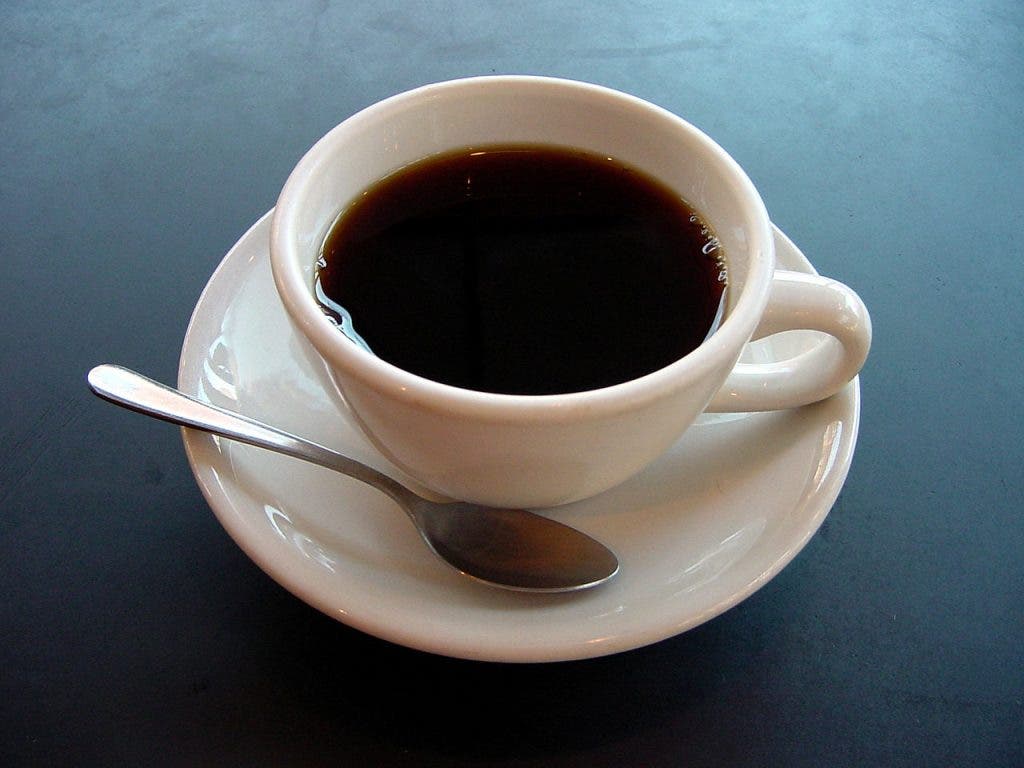Coffee beans undergo several processes before they become the delicious brew we all know. The coffee beans we’re used to seeing, the brown ones with a delightful flavor, are roasted. Raw coffee beans have a different color and smell very differently. So what makes roasted coffee look, smell, and taste so different from raw coffee? The answer lies in chemistry – it’s called the Maillard reaction.

Coffee and chemistry
The Maillard reaction is a chemical reaction between amino acids and reducing sugars; pretty much all the cooked foods with the distinctive brownish tint is a result of this reaction – this includes steaks, different types of bread, caramelized sugar, and of course, coffee. The reaction is named after French chemist Louis-Camille Maillard, who first described it in 1912.
The reaction occurs from approximately 140 to 165 °C (284 to 329 °F). Starches break down into simple sugars, which turn brown and change their flavor. In an alkaline environment, the reaction is more accentuated – which explains why the taste is more intense in salty pretzels. Wikipedia does a really good job of explaining how this works:
“The reactive carbonyl group of the sugar reacts with the nucleophilic amino group of the amino acid, and forms a complex mixture of poorly characterized molecules responsible for a range of odors and flavors. The type of the amino acid determines the resulting flavor. This reaction is the basis of the flavoring industry.”

Of course, being able to manipulate the flavor of foods is very advantageous for the food industry, and to an extent, for us consumers. The reaction is present in many foods and has been used unknowingly by humans and ages.
The Maillard reaction shouldn’t be confused with simple food browning – browning can occur at room temperatures too, and it is sometimes undesirable, as in an apple turning brown after being cut. Foods can turn brown by themselves, without human intervention.
Just some examples in which the Maillard coloring and flavoring occurs:
- toast
- steaks and barbecues
- pretzels
- several types of breads
- condensed milk
- maple syrup
- … and of course: roasted coffee.

Roasting coffee and caffeol
Pre-roasting
Coffee is the most consumed beverage in the world (not considering water). Coffee cultivation first took place in Southern Arabia, and the earliest evidence of coffee brewing appears in the middle of the 15th century in the Sufi shrines of today’s Yemen. Coffee has quite a troubled history, being banned in many Christian communities, as well as in the Ottoman Turkey during the 17th century for political reasons. Today, the largest coffee producer in the world is Brazil, with a yearly production of 2,5 million tonnes, followed by Vietnam with almost 1 million tonnes, and Columbia, with 700.
However, fewer people know that coffee berries undergo several processes before they become the familiar roasted coffee. After the beans were picked (by hand or with a machine), they are processed by one of two methods:
- the dry process method, which is simpler and less work-intensive; or
- the wet process method, in which the beans are fermented and yield a milder coffee with a distinctive taste. When the fermentation is finished, the seeds are washed with large quantities of fresh water to remove the fermentation residue, which generates huge quantities of water waste;
Then, the beans have to be dried, usually on drying tables – and only after that can you get to roasting them.
The roasting
The resulting green coffee is then roasted, usually in a solid state. With very few exceptions, all coffee is consumed after roasting. The process changes the beans both physically, and chemically. First of all, they lose moisture and increase in volume, while decreasing in weight. The density of the bean also influences the strength of the coffee and requirements for packaging.
During roasting, caramelization occurs as intense heat breaks down starches, changing them to simple sugars that begin to brown, changing the color of the bean, as well as its scent and flavor. However something else also happens: during roasting, aromatic oils and acids weaken, changing the flavor; at 205 °C (401 °F), other oils start to develop. One of these oils, caffeol, is created at about 200 °C (392 °F) – and caffeol is what makes coffee smell like … coffee.
To sum it up

So, there you have it – roasted coffee tastes extremely differently from raw coffee. The Maillard reaction breaks down the starch into simple sugars, which then turn brown and start to change their taste. As the temperature increases, caffeol starts to develop. Caffeol is not a unique oil, but rather an umbrella term for the origin of the coffee aroma – an aroma that is very complex and one that we now know contains nearly 850 different volatile compounds. It takes quite a lot of chemistry to create this delightful beverage — so enjoy it accordingly, and moderately.


